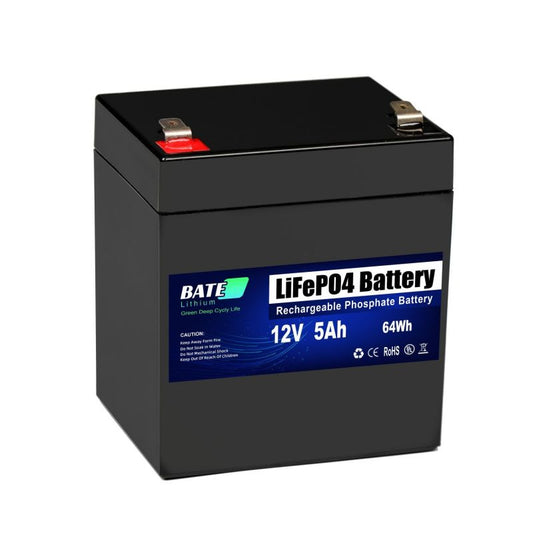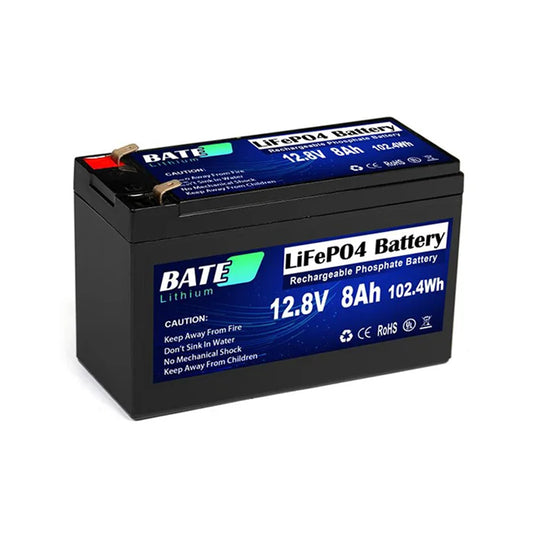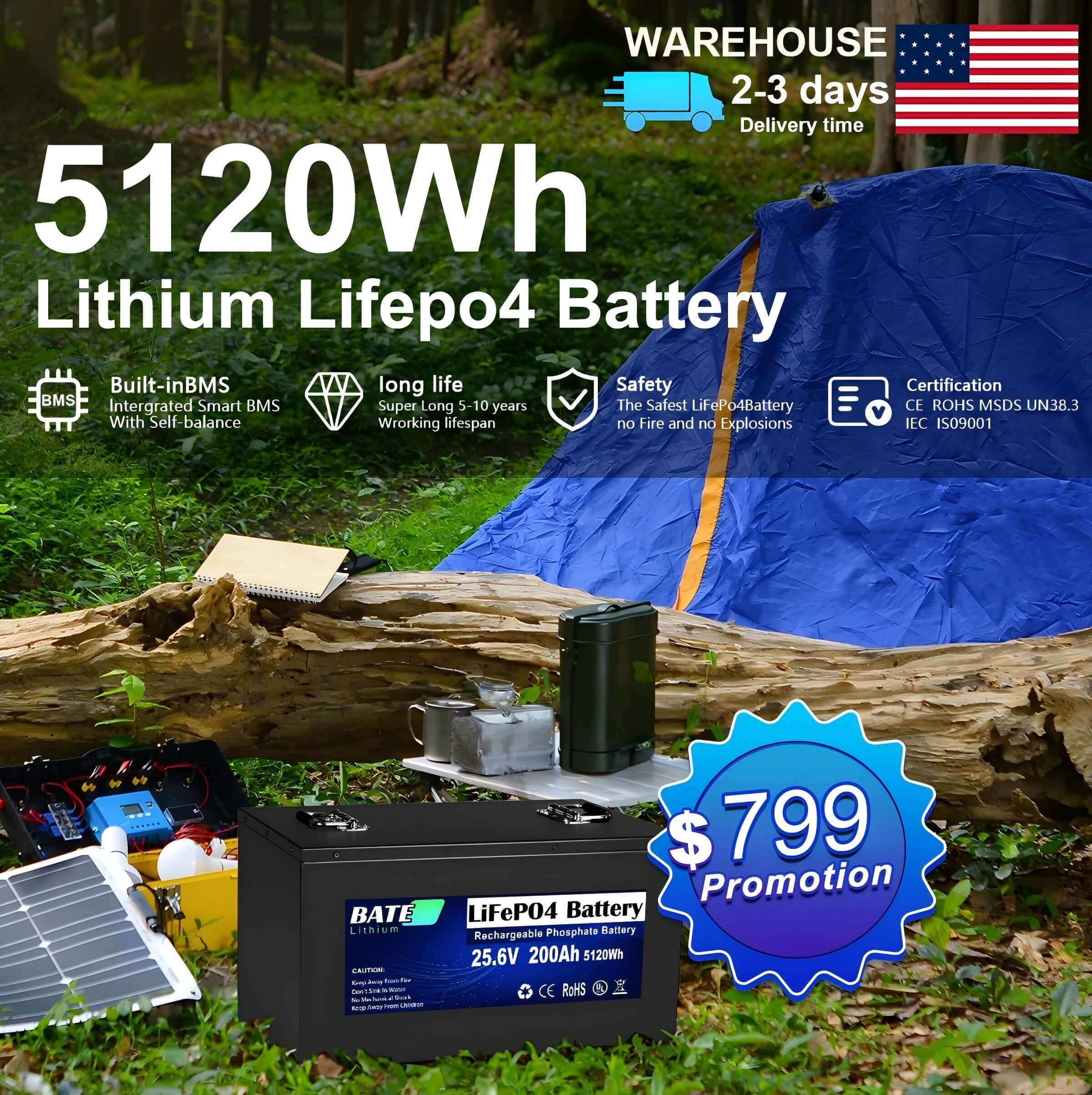The Rise of Lithium-Ion Batteries: Displacing Lead-Acid in Various Sectors and a Comparative Analysis
In the realm of energy storage, the tide is shifting towards more advanced technologies, with lithium-ion batteries (LIBs) emerging as a formidable force, gradually displacing the long-reigning lead-acid batteries in numerous industries. This transformation underscores the relentless pursuit of improved performance, efficiency, and environmental sustainability. Let's delve into the progression of LIBs' ascendancy and explore their advantages and disadvantages compared to lead-acid batteries, along with their respective ideal usage environments.
The Progressive Displacement of Lead-Acid by Lithium-Ion
For decades, lead-acid batteries have been the workhorses of energy storage, particularly in automotive, backup power, and industrial applications. However, with technological advancements and a growing emphasis on clean energy, LIBs have begun to steal the spotlight. The automotive industry, in particular, has witnessed a significant shift towards electric vehicles (EVs) powered by LIBs, which offer superior range, performance, and reduced maintenance costs compared to their lead-acid counterparts.
Moreover, the portable electronics market, including smartphones, laptops, and power tools, has long embraced LIBs due to their lighter weight, higher energy density, and faster charging capabilities. This trend is now spilling over into other sectors, such as renewable energy storage, electric bikes and scooters, and even some military and aerospace applications.
Advantages of Lithium-Ion Batteries
- Higher Energy Density: LIBs can store more energy per unit of weight and volume, making them ideal for applications where space and weight are constraints.
- Longer Lifespan: With proper maintenance, LIBs can last for several years, often outperforming lead-acid batteries in terms of cycle life.
- Faster Charging: LIBs can be charged more quickly than lead-acid batteries, reducing downtime and improving user convenience.
- Lower Self-Discharge: LIBs experience less energy loss when not in use, preserving their charge for longer periods.
- Eco-Friendliness (Potentially): Although LIBs pose challenges in recycling and disposal, they do not contain toxic lead, making them potentially more environmentally friendly than lead-acid batteries.
Disadvantages of Lithium-Ion Batteries
- Higher Cost: Initially, LIBs tend to be more expensive than lead-acid batteries, though costs have been declining rapidly with economies of scale and technological advancements.
- Safety Concerns: LIBs can pose safety risks if not handled or managed properly, particularly with regards to overheating, short-circuiting, and potential fires.
- Complex Management Systems: To ensure optimal performance and safety, LIBs require sophisticated battery management systems (BMS) that can add to the overall cost and complexity.
Advantages of Lead-Acid Batteries
- Lower Initial Cost: Lead-acid batteries are typically more affordable than LIBs, making them attractive for budget-conscious applications.
- Mature Technology: Lead-acid batteries have been around for over a century, and their technology is well-understood and widely available.
- Simplicity: They require less sophisticated charging infrastructure and BMS compared to LIBs.
Disadvantages of Lead-Acid Batteries
- Lower Energy Density: Lead-acid batteries have a significantly lower energy density, limiting their use in applications that demand high energy storage capacity.
- Shorter Lifespan: They typically have a shorter cycle life and require more frequent maintenance and replacement.
- Heavier and Bulkier: Due to their lower energy density, lead-acid batteries tend to be heavier and take up more space.
- Environmental Impact: Lead is a toxic heavy metal, posing risks during production, use, and disposal.
Ideal Usage Environments
- Lithium-Ion Batteries: Ideal for applications requiring high energy density, long lifespan, fast charging, and reduced weight and size, such as EVs, portable electronics, renewable energy storage, and aerospace.
- Lead-Acid Batteries: Still relevant in cost-sensitive applications where energy density is less critical, such as certain industrial backup power systems, golf carts, and some entry-level electric bikes.
In conclusion, the gradual displacement of lead-acid batteries by lithium-ion batteries represents a significant step forward in energy storage technology. While LIBs offer numerous advantages, including higher energy density, longer lifespan, and faster charging, they also come with their own set of challenges and considerations. As we continue to advance in this field, it's essential to weigh the pros and cons of each technology and select the most appropriate solution for a given application.




